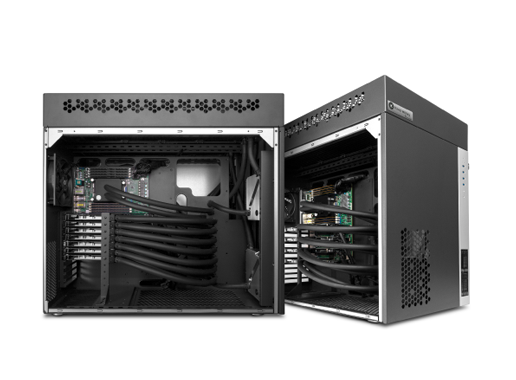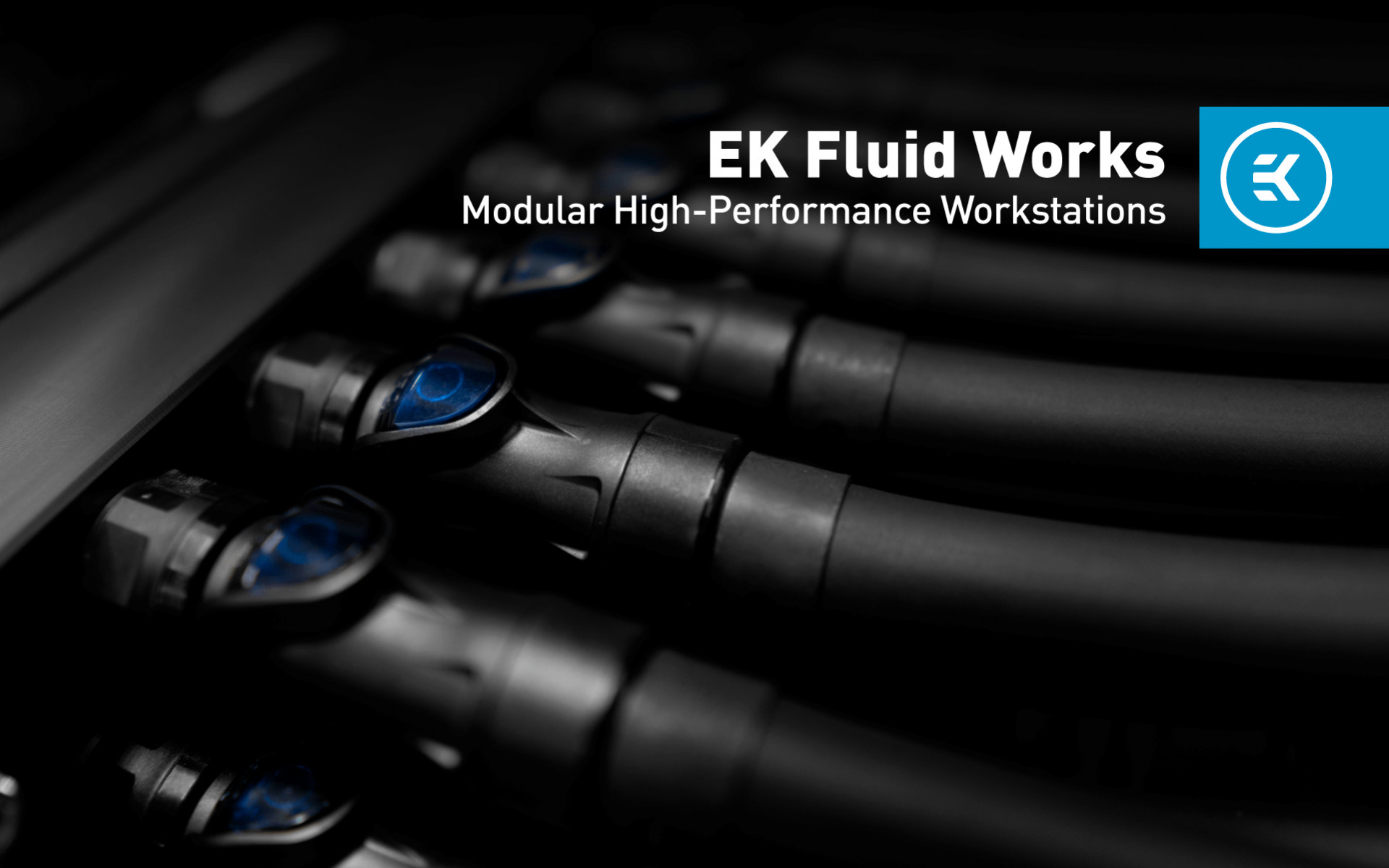
Modular High-Performance Workstations
7/14/2022 3:42 PM
Standard workstations that utilize mainstream air coolers for the CPU and GPUs are inherently quite modular unless the manufacturer decides to limit their modularity by using non-standard parts and cases. However, if these heat-generating components are water cooled, some extra steps must be taken to retain high modularity levels.
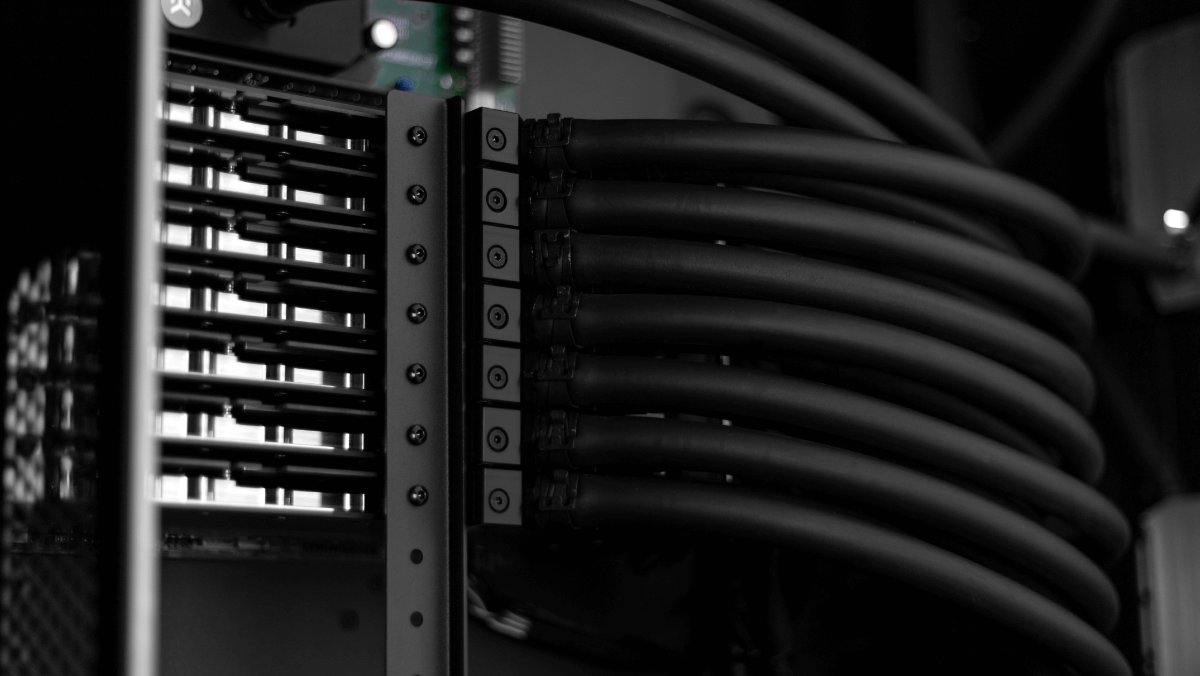
Introducing Quick Disconnect Coupling or QDC
This is where the QDC (quick disconnect coupling) method really shines. As the name implies, this marvelous bit of technology enables fast connecting and disconnecting of water-cooling tubes. Some more advanced designs even enable hot swapping components when the system is still under pressure without letting any water leak out. They consist of a male and female pair, each containing a valve system, spring, and a type of latching mechanism.
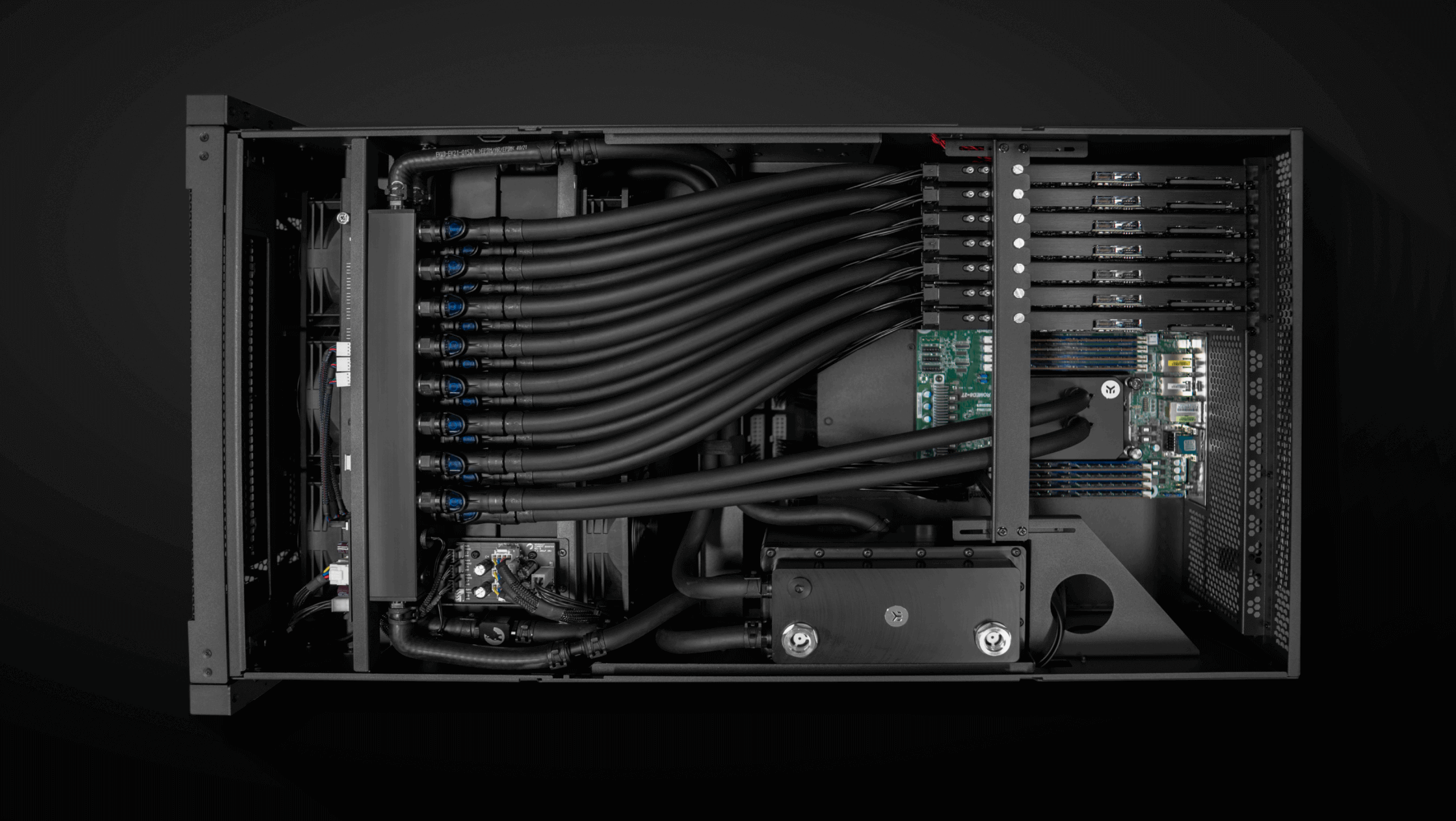
Operating the QDC
To operate the QDC and split them apart, you typically need to depress a button or rotate one part of the assembly. Reconnecting the two parts usually requires the same operation in reverse, along with some pressure being applied to overcome the valve spring inside.
For those who would like to learn more about the exact procedure of how to upgrade or swap out an EK Fluid Works GPU assembly, watch the following video detailing the entire process.
QDC Application
When used purposefully with a manifold and forethought, it enables quick replacement and servicing of water-cooling assemblies, such as GPU and CPU water blocks. For example, if one of the GPUs is faulty, you can simply add another one to the loop or upgrade your setup. The process is as simple as with air-cooled GPUs plus the one extra step of operating the QDCs. The EK Fluid Works Studio and Compute series of workstations and servers all feature the prolific use of QDCs and manifolds that enable these systems to be progressively upgraded from one graphics card up to seven GPUs.
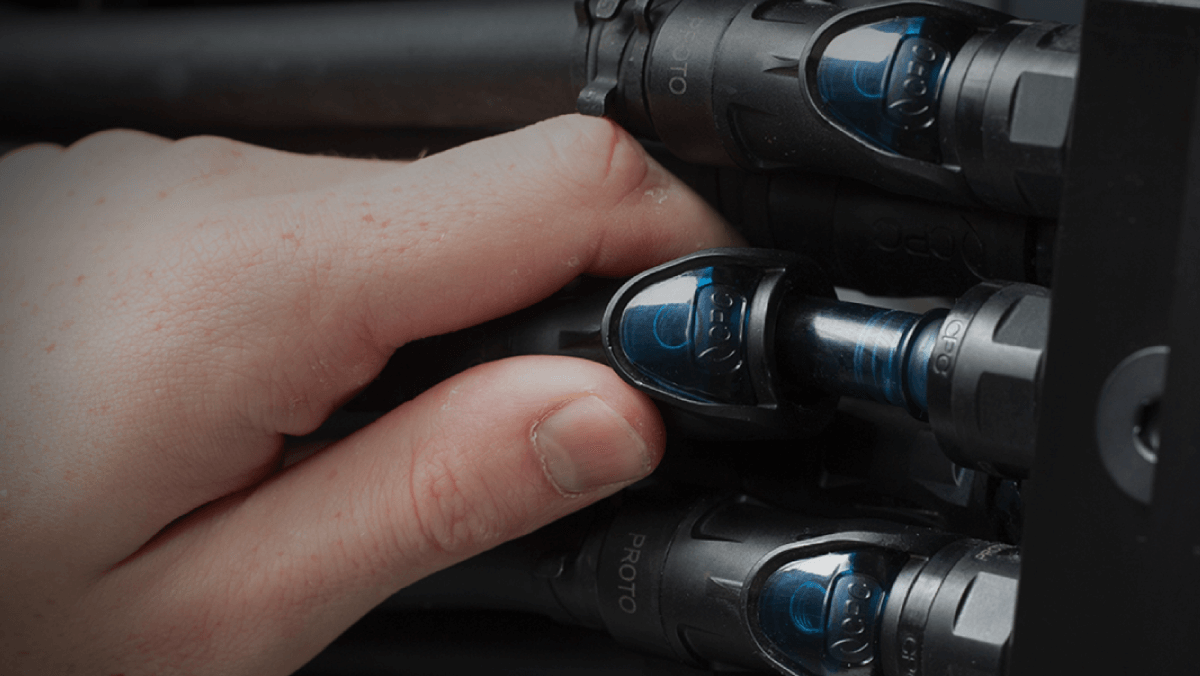
The tubes are attached to the QDCs either by an integrated barb or compression fitting, while they can also have a standardized threaded port into which a desired fitting type is screwed.
Downsides of Using QDCs in a Liquid-cooling Loop
Although flexible, the QDCs are not all sunshine and rainbows. They tend to be bulky by design, limiting their application to larger systems and servers. This is because they simply need enough room to fit all the extra parts required for their operation. Some QDCs introduce significant flow resistance into the loop, negatively affecting the flow rate and maximum cooling performance. To take full advantage of their capabilities, it is necessary to properly plan the liquid-cooling loop and consult the technical specifications of the QDC.
To overcome some of these shortfalls, multiple pumps need to be used to overcome the additional resistance in the loop. The EK Fluid Works Studio Series S5000, for example, utilizes dual Laing D5 pumps to provide sufficient flow through the 8 sets of QDC and all the possible water block configurations.
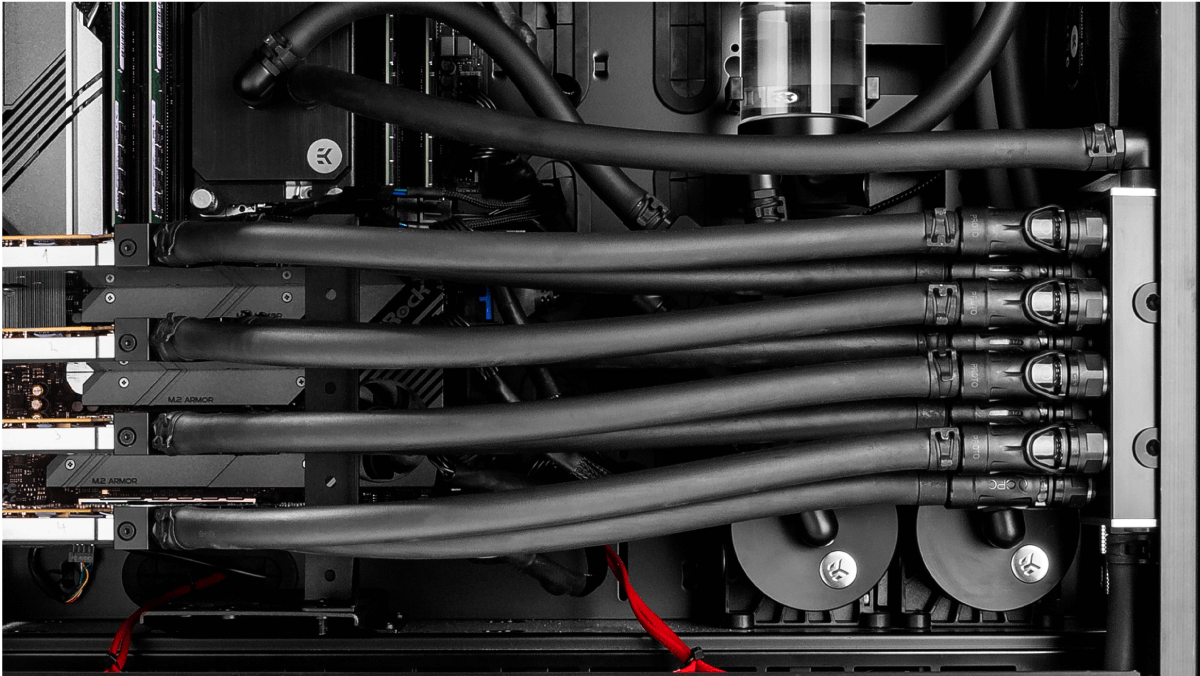
QDC Manufacturers
There are many manufacturers of QDCs out there, but some of the most popular ones with a proven track record in the computer liquid-cooling field are CPC and Koolance, which EK uses in its Fluid Works and EK-Pro line, respectively.
Conclusion
The QDC is an invaluable component of the EK Fluid Works workstation water-cooling loop that enables high levels of flexibility, modularity, and serviceability on par with the standard air coolers while retaining all of the benefits of water-cooling.







